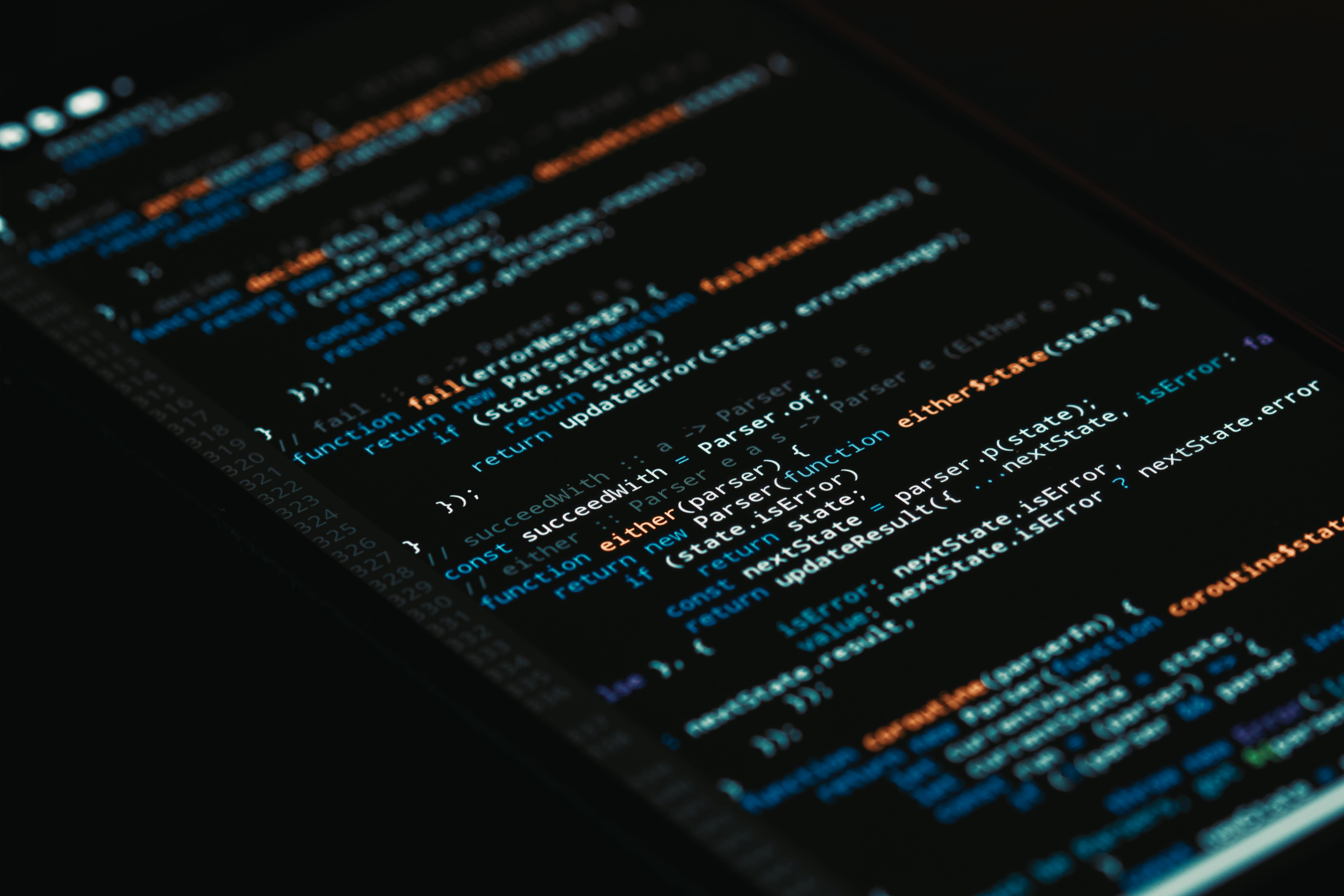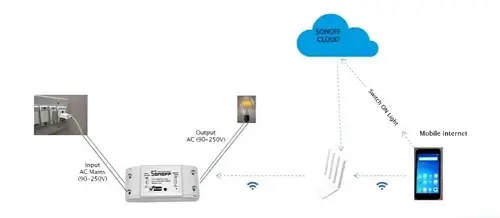MicroPython: Python for Tiny Gadgets
Picture this: you’ve got a tiny gadget - a smart light, a wearable, or maybe a mini robot—and you want it to do something cool. Maybe blink, sense the temperature, or move around. Normally, getting that to work would mean wrestling with complicated embedded code.
Enter MicroPython. It’s basically Python, but tiny—made to run on small devices that don’t have a ton of memory or processing power. All the good stuff you love about Python is there, but in a version that actually fits on a gadget. Think of it like having a full toolbox in a little travel pouch. Handy, right?
What is MicroPython?
If regular Python is a huge pizza loaded with toppings, MicroPython is a personal pizza - all the essentials, still tasty, but fits perfectly in a small device.
It lets you write Python directly on tiny gadgets. Suddenly, your smart lights, mini robots, or wearables become little playgrounds where you can tinker, experiment, and see results instantly.
Why People Love It
- Easy to start: Python is already beginner-friendly, and MicroPython keeps it simple.
- Fast feedback: Write code, see it work, tweak it, repeat. Instant gratification.
- Helpful community: Tons of tutorials and libraries online—never feel stuck.
- Works on lots of devices: One snippet of code can often run on multiple microcontrollers with minimal tweaking.
Cool Stuff You Can Do
- IoT gadgets: Smart sensors, wearables, tiny devices that actually make life easier.
- Mini robots: Move, react, or even dance if you want them to. 💃🤖
- Home automation: Control lights, locks, thermostats—without touching a single button.
- Learning & tinkering: Perfect for students or hobbyists who love experimenting.
How It Differs From Regular Python
MicroPython is Python, just leaner. Some big libraries are trimmed down, but the important stuff for interacting with hardware—like machine for pins or utime for timing—is all there. It’s not missing anything; it’s just optimized for tiny gadgets.
Getting Started
- Grab a microcontroller like ESP32 or Raspberry Pi Pico.
- Flash it with MicroPython firmware.
- Connect it to your computer and start coding.
- Blink LEDs, read sensors, make a tiny gadget do something awesome—and feel like a wizard while you do it. ✨
Why It’s Awesome
IoT devices are everywhere, and they need a simple way to run code. MicroPython lets anyone—beginner or pro—experiment, learn, and build without getting frustrated.
It’s Python, yes—but tiny, friendly, and ready to help you bring smart devices to life.




